What is Computer Vision?
Introduction to Computer Vision
Computer vision is the captivating field of artificial intelligence that seeks to empower machines with the ability to "see" an image and interpret visual information such as an object in an image in a manner akin to human perception. It's the technology that enables computers to understand images and videos, recognizing objects, faces, and even emotions within them.
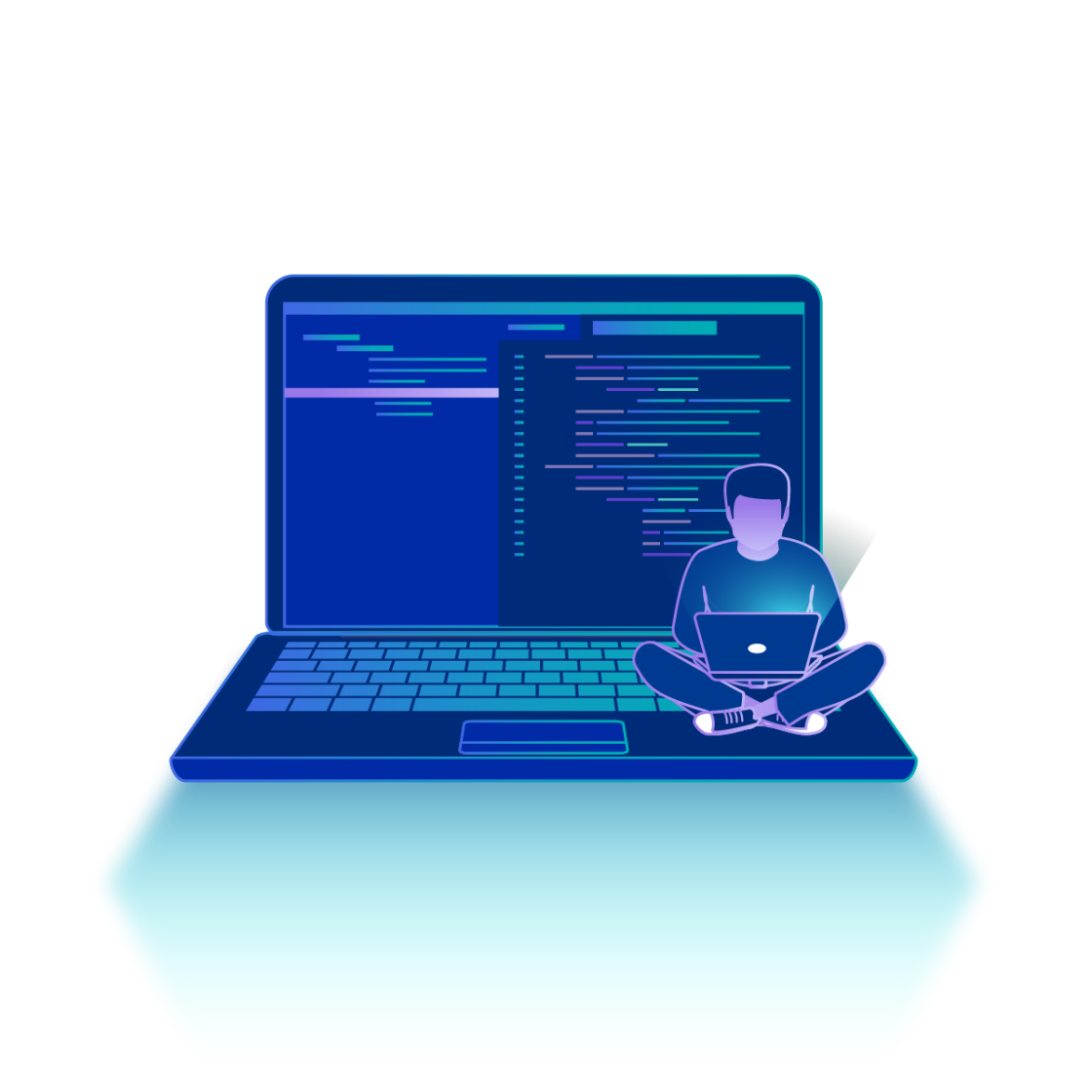
This revolutionary recognition field has its roots based in early AI image object research, where scientists first dreamt of building machines that could replicate human vision. From these humble beginnings, computer vision has evolved rapidly, spurred by advances in machine learning, computing power, and the availability of vast amounts of visual data processing.
Today, image and video recognition is an integral part of our digital lives, powering code for applications ranging from facial recognition on our smartphones to self-driving cars navigating complex environments.
The importance of computer vision detection cannot be overstated. It's transforming industries and reshaping how we interact with technology. From healthcare, where computer vision aids in medical imaging diagnosis and segmentation, to manufacturing, where it enhances quality control and automation, the applications are vast and ever-expanding.
Our increasing reliance on point visual data analysis, from social media feeds to surveillance cameras, has made computer vision indispensable for extracting insights and making informed decisions.
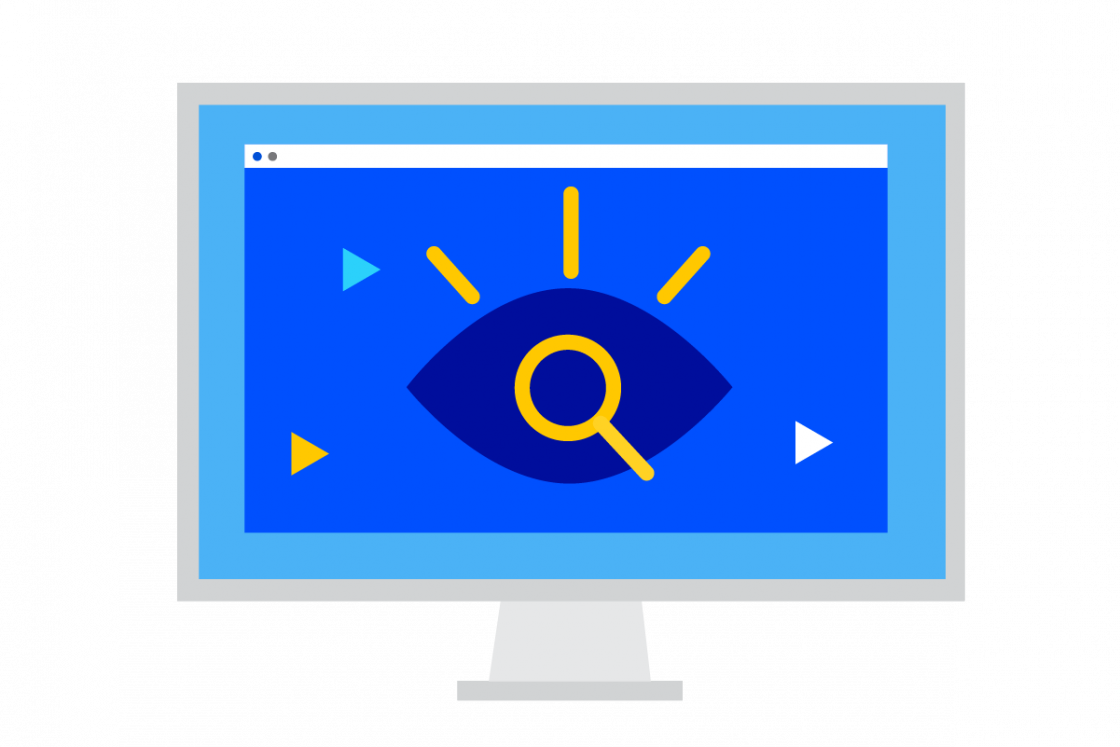
History of computer vision
The roots of computer vision recognition trace back to the 1950s and 60s, with early attempts to digitise and perform visual data analysis. However, it wasn't until the rise of artificial intelligence and machine learning in the 1970s and 80s that the field truly began to accelerate.
Researchers started developing algorithms for image recognition and pattern recognition, with notable breakthroughs like the Hough transform enabling the learning of detection of lines and objects in images. The 1990s saw the emergence of object image facial recognition technology, a testament to the growing sophistication of computer vision segmentation algorithms.
The 2000s and 2010s marked a significant turning point in the cloud video and image recognition model with the advent of deep learning based classification. Convolutional neural networks (CNNs) revolutionised object recognition, image segmentation, and other complex tasks, propelling computer vision to new heights. This turning point witnessed applications like self-driving cars and advanced medical imaging become a reality.
Today, computer vision continues its rapid learning evolution, fuelled by ever-increasing computational power and innovative code research.
Its applications span across industries, from augmented reality and robotics to agriculture and security. As technology continues to advance, the future of computer vision holds limitless possibilities, promising to reshape how we interact with and understand the visual world.
How Computer Vision Works
At a high level, cloud computer vision classification operates through a series of key segmentation components. First, image acquisition involves capturing visual and video data through cameras or other sensors. This raw image data is then subjected to preprocessing, which enhances image recognition quality and prepares it for analysis.
Feature extraction is the next crucial recognition step, where object learning algorithms identify essential patterns and objects within the image, such as edges, corners, and textures. These features serve as the building blocks for object recognition, where the system attempts to identify and classify objects within the scene.
Finally, decision making comes into play, allowing the system to interpret the visual information and take appropriate action based on its understanding.
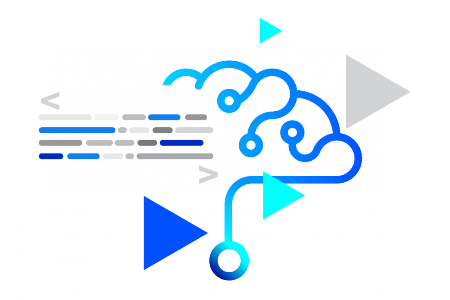
Relying on machine learning
Computer vision detection leverages various types of machine learning code to accomplish these tasks through classification. Supervised learning involves training algorithms on labelled datasets, where each image is tagged with the object it contains.
Unsupervised vision learning, on the other hand, allows algorithms to discover patterns and structures in data analysis without explicit segmentation labels. Reinforcement learning, inspired by how animals learn through rewards and punishments, enables systems to learn through trial and error, making it particularly useful for tasks like game playing and robotics.
Difference to human vision
While cloud computer vision code strives to use a model to emulate human vision, there are fundamental segmentation differences between the two. Human vision is remarkably adaptable, effortlessly recognizing objects under diverse conditions, even when partially obscured or viewed from different angles.
It also draws upon a lifetime of experience and knowledge to interpret the world. Computer vision, while increasingly sophisticated, still struggles with these nuances. It's more susceptible to variations in lighting, viewpoint, and occlusion, and it lacks the broader contextual understanding that humans possess.
Nevertheless, computer vision continues to make remarkable classification strides, pushing the boundaries of what a machine model can "see" and understand. As we delve deeper into this fascinating field, we'll explore its inner workings, how it is used, and the challenges and opportunities it presents in the years to come.
Core Concepts and Techniques in Computer Vision
Image Processing Fundamentals
In computer vision, the image recognition journey begins with the image and video code recognition fundamentals used. This involves obtaining images from various cameras and sensors, acting as our digital eyes. However, raw images often contain imperfections like noise or blurriness.
Preprocessing vision techniques such as noise reduction, filtering, and enhancement help refine these images, ensuring they're primed for further analysis. Crucial to understanding images is feature extraction models used, the process of identifying key elements like edges, corners, textures, and other patterns. These features act as visual landmarks, aiding in tasks like object recognition and image segmentation.
Object Recognition and Detection
Cloud object recognition and detection models’ code is at the heart of image computer vision learning. Machine learning code, such as neural networks (especially Convolutional Neural Networks or CNNs) and Support Vector Machines (SVMs), have revolutionised this field. These algorithms learn to recognize objects by analysing vast amounts of classification training data.
This cloud data processing code used acts as an object vision teacher, showing the algorithm examples of different objects and their corresponding object labels.
It's important to distinguish between object classification, which assigns a label to an entire image or video (e.g., "cat"), object detection, which locates objects within an image and draws bounding boxes around them, and object segmentation, which goes further by delineating the precise boundaries of each object.
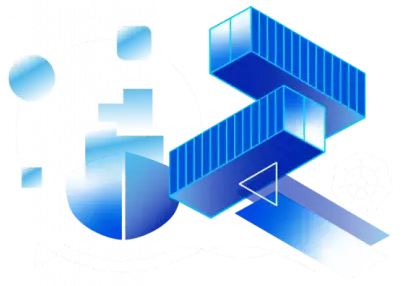
Types of Segmentation in Computer Vision
There are various types of segmentation methods in computer vision, each with its own level of detail and complexity:
Semantic Segmentation
This method involves assigning a class label to each pixel in an image. For example, in a street scene, all pixels belonging to cars would be labeled as "car," and all pixels belonging to pedestrians would be labeled as "pedestrian."
Instance Segmentation
Building upon semantic segmentation, instance segmentation distinguishes individual instances of objects within the same class. It would not only label all cars as "car" but also differentiate between car 1, car 2, and so on. This is important for tasks like counting objects in an image.
Panoptic Segmentation
This approach combines both semantic and instance segmentation. It aims to provide a complete understanding of a scene by assigning a class label to every pixel and distinguishing individual instances of objects within the same class.
In addition to these main types, there are also other segmentation methods like:
Region-based segmentation
This focuses on grouping pixels based on shared properties used like color or intensity.
Edge-based segmentation
This detects boundaries between regions based on sudden changes in pixel values.
Graph-based Segmentation
This models an image as a graph and uses graph partitioning algorithms for segmentation.
The choice of segmentation method depends on the specific application and the level of detail required.
Advanced Computer Vision Techniques
Computer vision models extends beyond static images or videos into the realm of three dimensions and moving pictures. 3D computer vision learning and detection delves into depth estimation, creating point clouds (collections of 3D points representing object surfaces), and Simultaneous Localization and Mapping (SLAM), which allows robots and autonomous vehicles to navigate their surroundings.
Video machine analysis code involves tracking objects as they move through frames, recognizing different types of motion (e.g., walking, running), and classifying actions (e.g., opening a door, waving). Finally, visual generative learning models like Generative Adversarial Networks (GANs) have emerged, enabling computers to create entirely new images and videos that are often indistinguishable from real ones. These advanced techniques are pushing the boundaries of what's possible in computer vision, with applications ranging from augmented reality to self-driving cars.
Benefits and Applications of Computer Vision
Computer vision code, a field of artificial intelligence, can transform industries by automating tasks that traditionally used human vision. This technology empowers machines to interpret and understand visual and video information from the world around us, leading to numerous benefits and applications.

One significant advantage of computer vision is the automation of tasks that were previously performed manually. For instance, in manufacturing, computer vision systems is used to replace human classification in quality control processes, analysing products for defects at a much faster and more consistent rate.
This code not only saves time and resources but also improves accuracy and speed, as computer vision algorithms can often outperform humans in identifying subtle flaws.
In addition to automation, computer vision learning has the potential to enhance safety and security across various domains. In the healthcare industry, computer detection plays a crucial role in medical imaging, assisting doctors in diagnosing diseases by analysing scans and X-rays.
It can lead to earlier detection and more effective treatment plans. Similarly, in the automotive sector, computer vision code is the backbone of self-driving cars and driver assistance systems, enabling vehicles to perceive their surroundings, detect obstacles, and make informed classification decisions, ultimately leading to safer roads.
Applications of Computer Vision Across Industries
Let’s take a closer look at the applications of computer vision in different industries. In manufacturing, computer image and video vision systems can be used for quality control, identifying defects in products with high precision. This helps manufacturers maintain product standards and minimise waste.
Retailers can leverage computer vision code for inventory management, tracking stock levels and optimising shelf space. Moreover, computer vision-powered customer analytics can provide valuable insights into consumer behaviour, helping retailers tailor their marketing strategies.
Computer vision learning models is revolutionising agriculture by enabling crop monitoring and yield classification. Drones equipped with computer vision technology can survey vast fields, identifying areas that require attention, such as those affected by pests or diseases.
This data analysis can then be used to optimise irrigation and fertilisation, leading to increased yields. In the entertainment industry, computer vision enhances augmented reality (AR) experiences by overlaying digital content onto the real world, creating immersive and interactive applications.
Challenges and Future Trends in Computer Vision
While the potential of computer vision recognition is immense, there are also challenges and ethical concerns that need to be addressed. Ensuring privacy and mitigating bias in algorithms are crucial considerations. The technology's reliance on learning through massive, labelled datasets also poses challenges in terms of data collection used and annotation.
Looking towards the future, computer vision code is expected to evolve in several key classification directions. The development of Explainable AI (XAI) aims to make computer vision algorithms more transparent and understandable, building trust and facilitating adoption.
Integration with other technologies, such as the Internet of Things (IoT) and edge computing, will enable real-time machine analysis and decision-making at the point of data analysis collection.
Advancements in hardware, including specialised AI chips and sensors, will further accelerate the capabilities of computer image recognition systems used. However, it's important to consider the potential impact on society and the workforce, as automation may displace certain jobs. Classification for these changes and ensuring a smooth transition will be essential.
Getting Started with Computer Vision
Learning Resources
Embarking on your image classification journey based on the world of cloud computer vision code can be both exciting and rewarding. To lay a strong foundation, consider exploring resources like OpenCV, a widely-used open-source library renowned for its comprehensive tools and functionalities.
Python enthusiasts can leverage libraries like TensorFlow, PyTorch, and Keras, which provide robust frameworks for building and training machine learning visual models tailored for computer vision detection.
Online platforms often used such as Coursera, Udacity, and edX offer structured courses to guide you through the fundamentals and advanced concepts of this dynamic field.


Practical Tips for Beginners
As you start your visual journey, it's wise to begin with small, manageable projects. These projects can serve as stepping stones, building your confidence and gradually introducing you to more complex image recognition code challenges.
Engaging with online communities dedicated to computer vision can prove invaluable, offering opportunities for support, collaboration, and knowledge exchange with fellow learners and experts. Remember to stay informed about the latest research breakthroughs and advancements in the field, as the landscape of computer vision recognition is constantly evolving.
By harnessing the power of visual data machine classification, we unlock new possibilities for innovation and discovery. So, embrace the challenge, explore the tools and resources available, and contribute your unique talents to this exciting and ever-evolving field.
OVHCloud and Computer Vision
OVHcloud provides a robust cloud platform designed to empower your computer vision code projects. With our Machine Learning as a Service (MLaaS) offerings, you can streamline the deployment and training of your visual models, leveraging their high-performance infrastructure for optimal results.
Our AI training solutions enable efficient image training classification of machine learning, AI, and deep learning models, maximising GPU utilisation for faster development cycles.
The cloud AI Notebooks feature offers a user-friendly environment for launching Jupyter or VS Code notebooks in the cloud, simplifying experimentation and collaboration. Additionally, OVHcloud's partnership with NVIDIA grants access to the NVIDIA NGC platform, allowing you to launch applications harnessing the power of NVIDIA GPUs with just a few clicks.
OVHcloud's focus on cloud data sovereignty models and reversibility ensures that you retain full control and ownership of your cloud data processing. Their commitment to compliance and security provides peace of mind when dealing with sensitive visual and video information.
If you're ready to take your computer vision recognition projects to the next level, OVHcloud's comprehensive suite of tools and services can be a valuable asset on your journey.
